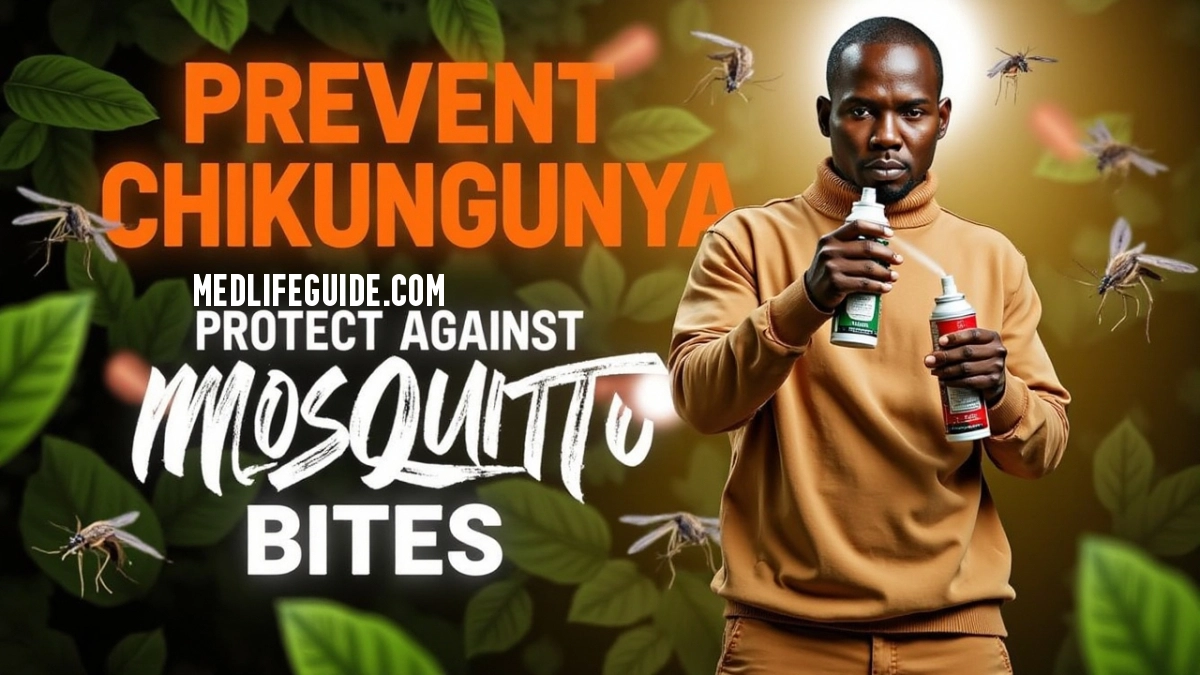Chikungunya is a mosquito-borne viral infection that causes severe joint pain, fever, and fatigue. With no specific antiviral treatment available, prevention is the best defense. This guide explores science-backed strategies, real-world insights, and lesser-known tips to protect yourself and your community from Chikungunya outbreaks.z
Understanding Chikungunya: Why Prevention Matters
Chikungunya is transmitted primarily by Aedes aegypti and Aedes albopictus mosquitoes, the same species that spread dengue and Zika. Unlike malaria-carrying mosquitoes, these breed in stagnant water around homes, making urban areas high-risk zones.
Key Symptoms to Watch For:
- High fever (sudden onset)
- Severe joint pain (often debilitating)
- Muscle pain, headache, rash
- Fatigue lasting weeks or months
Since there’s no vaccine (as of 2024), prevention focuses on mosquito control and personal protection.
Proven Chikungunya Prevention Strategies
1. Eliminate Mosquito Breeding Sites (Most Effective!)
Aedes mosquitoes breed in small water collections. Regularly:
- Empty & scrub flower pots, buckets, and pet water bowls.
- Cover water storage containers tightly.
- Clear clogged gutters and discarded tires (common breeding spots).
- Use larvicides in unavoidable standing water (e.g., ponds).
2. Personal Protection Against Mosquito Bites
- Wear long sleeves/pants in light colors (mosquitoes are attracted to dark shades).
- Use EPA-approved repellents (DEET, picaridin, or oil of lemon eucalyptus).
- Install window/door screens and repair holes.
- Sleep under mosquito nets (especially infants and the elderly).
3. Community Efforts for Outbreak Control
- Organize neighborhood clean-ups to remove trash and stagnant water.
- Support local fogging/spraying initiatives during outbreaks.
- Educate others on symptoms and prevention (many ignore early signs).
4. Natural & Alternative Prevention Methods
While not substitutes for repellents, these may help:
- Neem oil or citronella candles (limited efficacy but useful indoors).
- Eating garlic or vitamin B1 (anecdotal reports, but no strong evidence).
- Essential oils (e.g., lavender, eucalyptus) as mild deterrents.
Travel Precautions: Avoiding Chikungunya in High-Risk Areas
If visiting tropical regions (e.g., South America, Africa, Southeast Asia):
- Check CDC or WHO travel advisories for outbreaks.
- Pack mosquito repellent and permethrin-treated clothing.
- Stay in air-conditioned or well-screened accommodations.
Debunking Myths About Chikungunya Prevention
- “Only dirty areas have outbreaks.” → Aedes mosquitoes thrive even in clean urban homes.
- “Once infected, you’re immune forever.” → Some cases report recurrent symptoms.
- “Antibiotics can treat Chikungunya.” → It’s a virus; antibiotics don’t work.
What to Do If You Suspect Chikungunya?
- Get tested (RT-PCR or antibody tests confirm diagnosis).
- Rest and hydrate – no specific treatment exists, but pain relievers (NSAIDs) help.
- Avoid mosquito bites to prevent further transmission.
Final Takeaways: Your Chikungunya Prevention Checklist
- Remove standing water weekly.
- Use repellent and protective clothing.
- Stay informed about local outbreaks.
- Seek medical help if symptoms appear.

